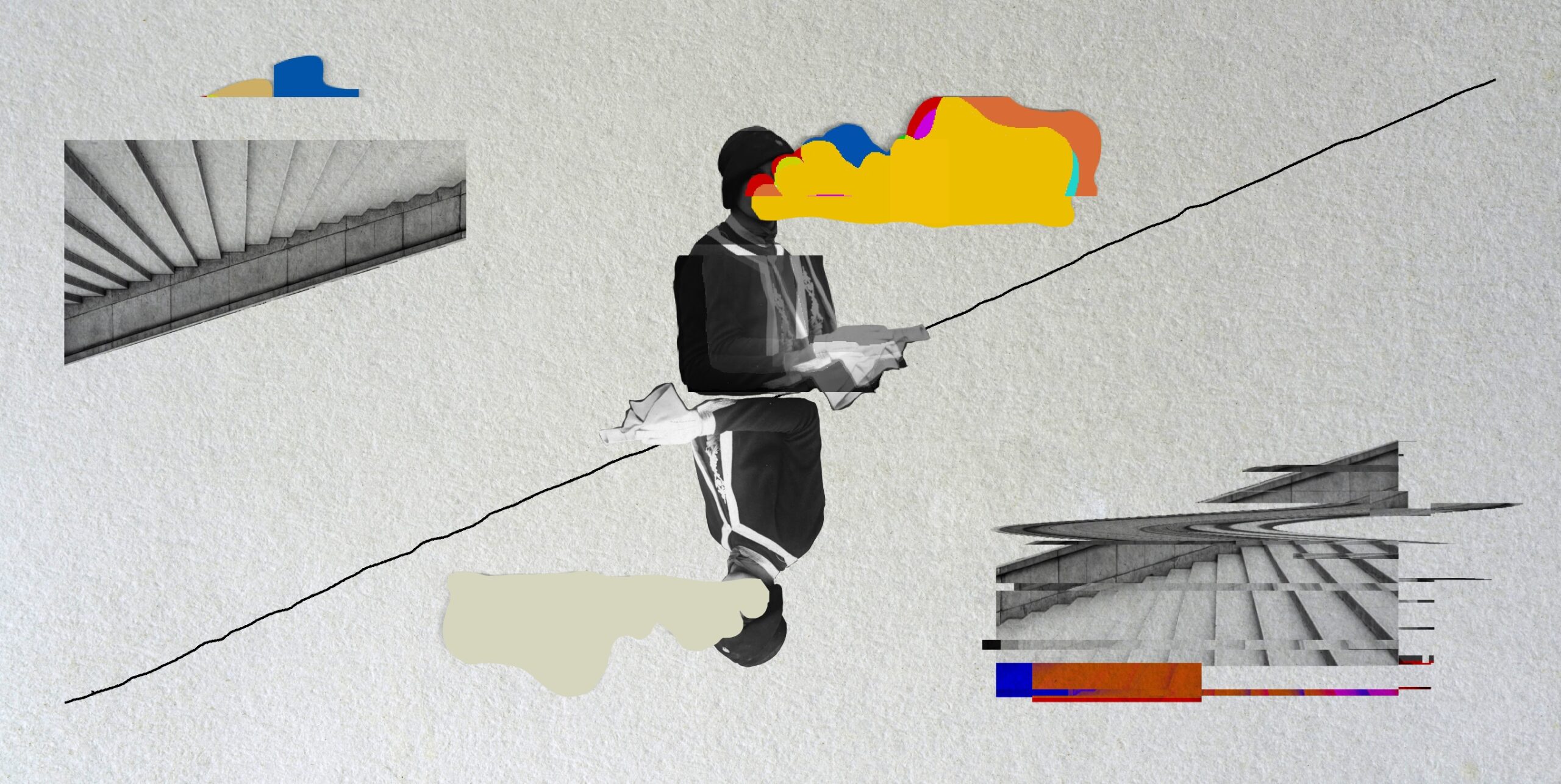

Illustration by Armine Shahbazyan.
“The Government and the people of the Republic of Armenia are determined, and we will defend our sovereignty, territorial integrity, statehood and independence by all possible means.”
This was a statement made by Armenia’s Prime Minister on the evening of November 16, 2021 during an emergency Security Council meeting. Earlier that day, Azerbaijani Armed Forces shelled Armenian military positions on the eastern portion of the Armenian-Azerbaijani border using artillery, armored vehicles and different caliber firearms. After the fighting had stopped, six Armenian soldiers were dead and another 32 taken prisoner. This latest offensive, one year after the signing of the tripartite statement that ended the 2020 Artsakh War, is an ongoing pattern of violence and attacks that seems to be on an endless loop. In fact, several months after the war, as the country was still coming to terms with its calamitous defeat and mourning the thousands of perished lives, the Azerbaijani Armed Forces launched an incursion into the sovereign territory of Armenia in the Syunik and Gegharkunik regions on May 12, occupying approximately 40 square kilometers. They continue to remain there today.
Issues of sovereignty, territorial integrity and independence were indeed at the forefront of all conversations, and the fragility of statehood that many had taken for granted was now, more than ever, glaringly and painfully apparent. We felt and continue to feel on the precipice.
In the midst of ongoing Azerbaijani offensives, Armenophobic and expansionist proclamations by Azerbaijani President Ilham Aliyev, the domestic front in Armenia was in turmoil in equal measure: protests, resignations, arrests of high-level former state officials (including former Defense Minister Davit Tonoyan), early parliamentary elections, a third wave of COVID-19, the ongoing nightmare with Armenian prisoners of war and other detainees in Azerbaijani captivity, the uncertainty of the process of demarcation and delimitation of borders, the unknown risks with the potential normalization of Armenia-Turkey relations… All of this, coupled with contradictory messages, controversial and opaque decisions from the country’s leadership, has confounded the Armenian people.
Today, more than one year after the end of the war, there are more questions than answers, greater apprehension and uncertainty, and a population combating trauma and exhaustion. As we close 2021—the “post-war year”—we should admit that, despite isolated attempts, we failed to properly and systematically assess and evaluate our military and diplomatic defeat; while we mourn deeply and painfully the loss of thousands, the young 18-year-old conscript continues to stand on the frontlines, carrying the weight of a failed military and security architecture on his shoulders; while we want to see solutions, we have not pushed the military or the government hard enough or consistently enough to demand transparency into their actions moving forward; instead of learning lessons from this treacherous defeat, we became part of or caved into the “white noise”—the unfounded, unverified and dubious news cycle that wormed its way into social media platforms and came out the other end leaving behind a trail of chaos and fear.
People no longer know who to believe, what to believe or how to perceive or predict the future.
Reflecting on the past year, a number of self-evident truths have revealed themselves. For 30 years, almost everyone in the country knew about the corruption in the military, yet chose to remain silent, to not rock the boat and continued to exist in a space of self-delusion. For 30 years, all those who conducted the negotiations for the resolution of the Nagorno-Karabakh conflict, including this current administration, knew that at some point a transfer of land would take place yet they fueled an opposite narrative to help them retain their power. Did anyone understand the catastrophic price that would be paid?
There is no doubt that the road ahead for the Armenian nation is perilous, full of seen and unseen threats. And while we are desperate for quick resolutions and a return to some kind of normalcy, we have to stay steady on course. Despite the prevailing fatigue and distrust, we need to design an intelligent, perceptive collective destiny. Statehood is not just the government, it’s the people, it’s us, what we do and how we act, how we choose to conduct our personal and professional lives. What we bring to the table will determine how that collective destiny unfolds.

